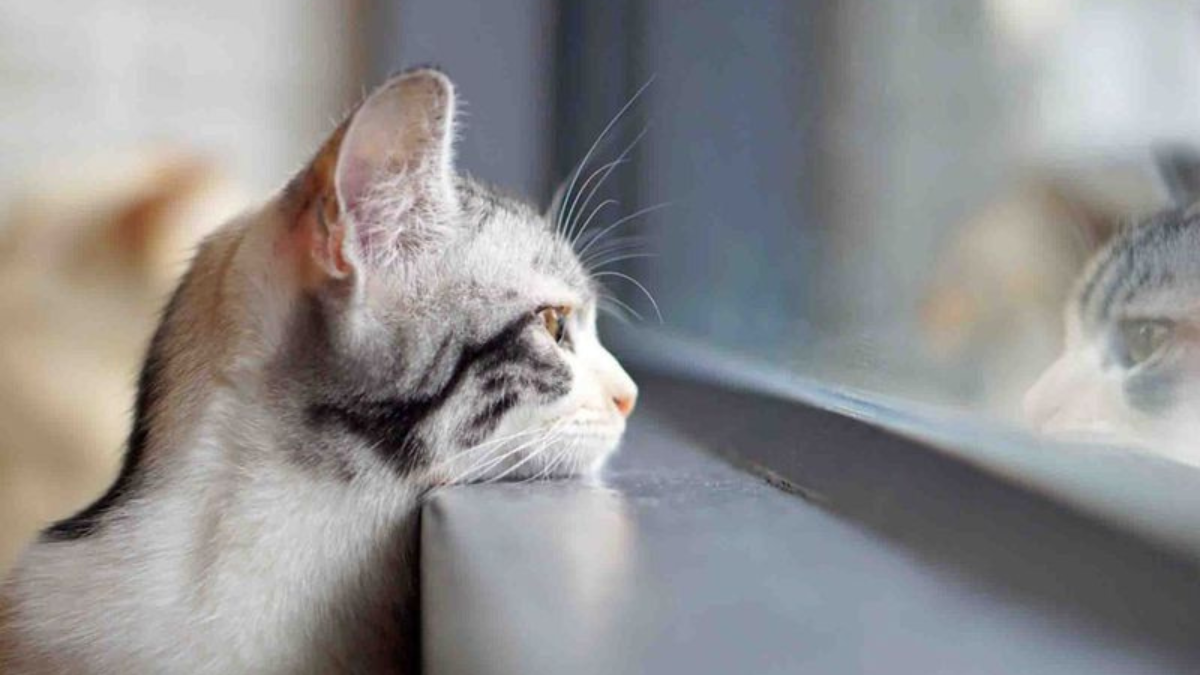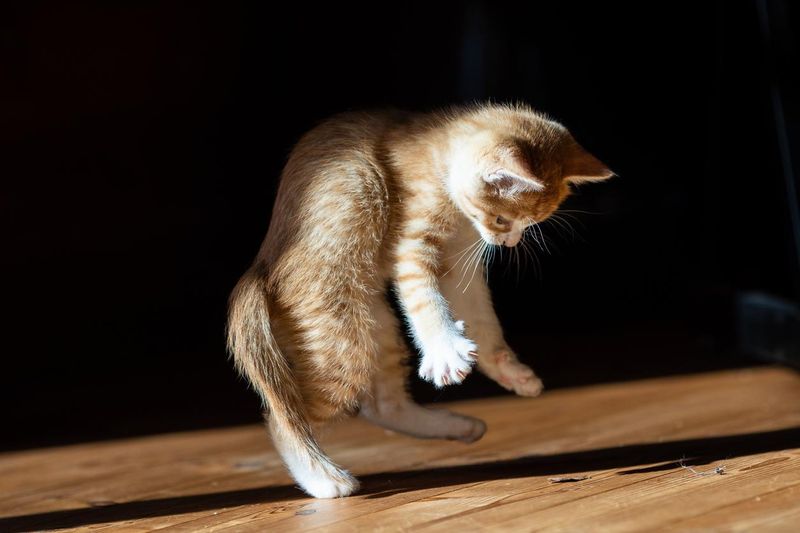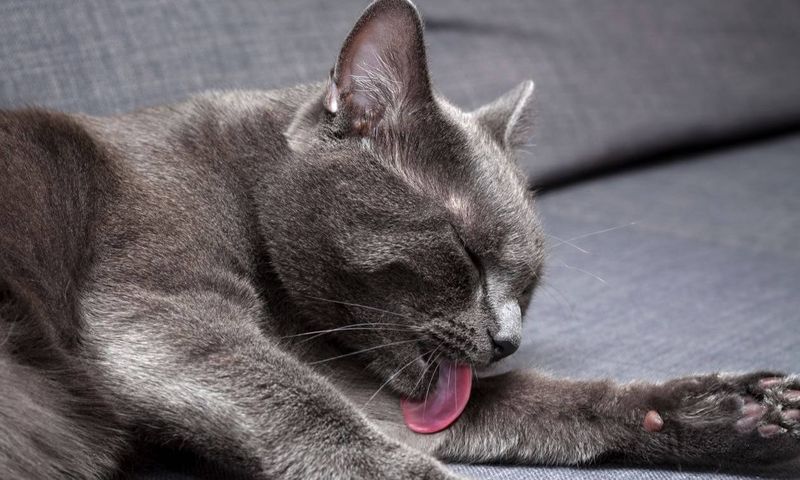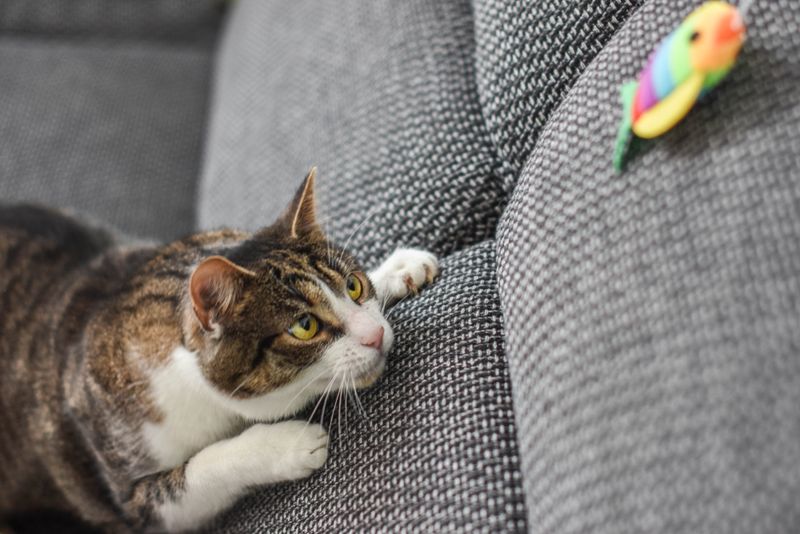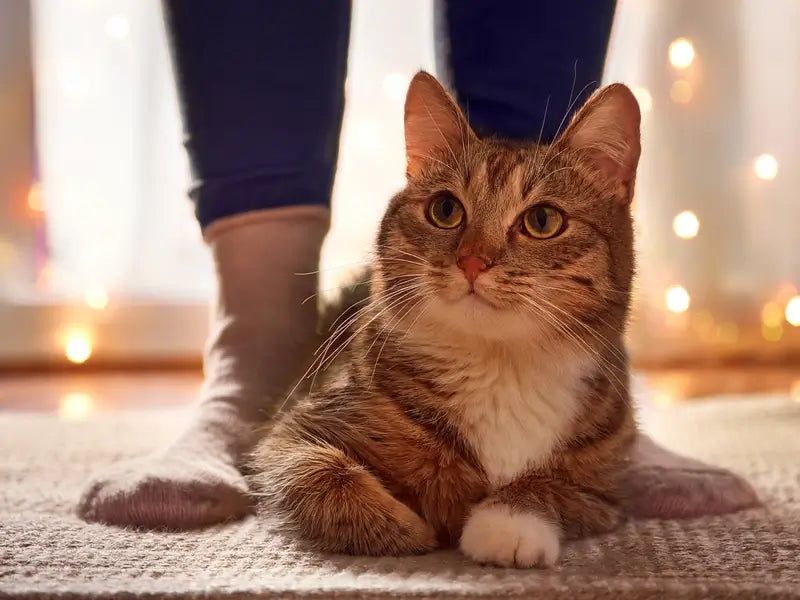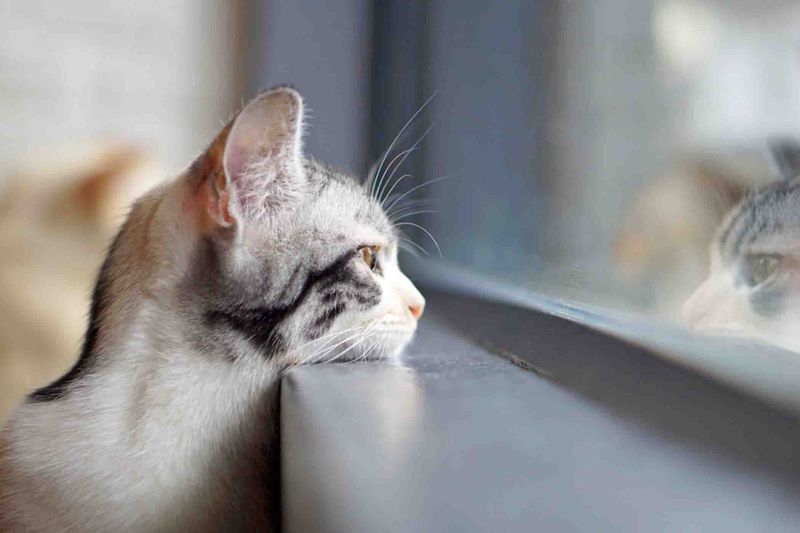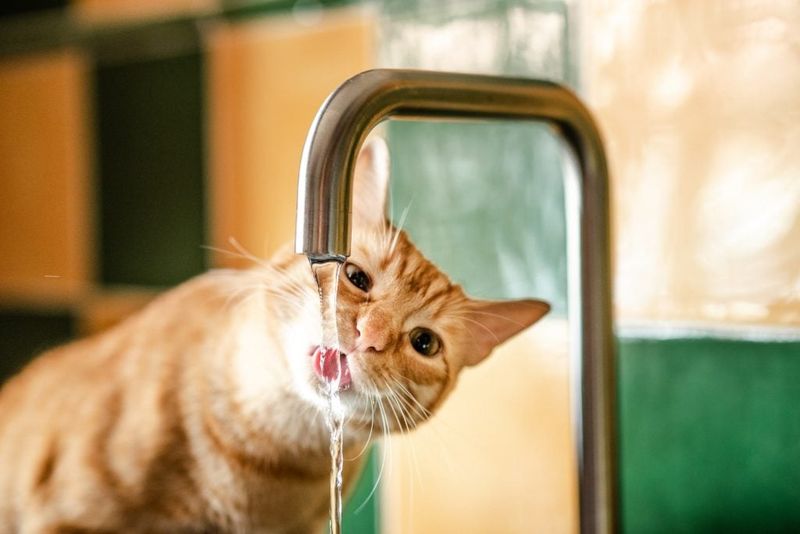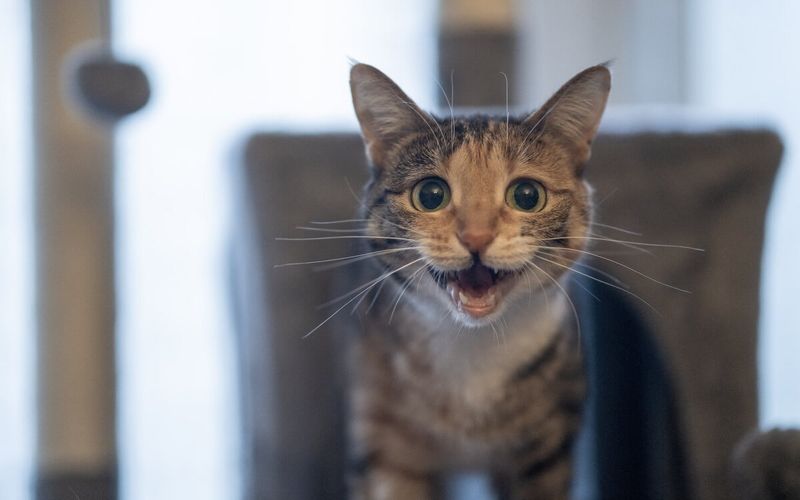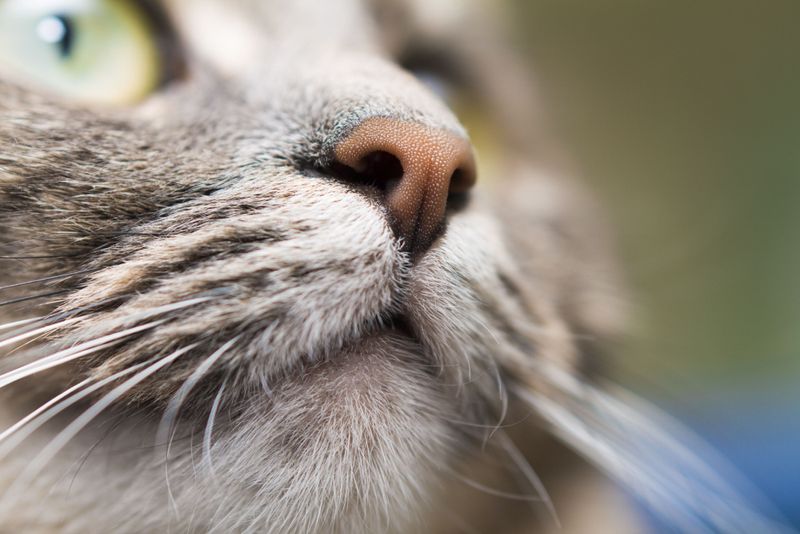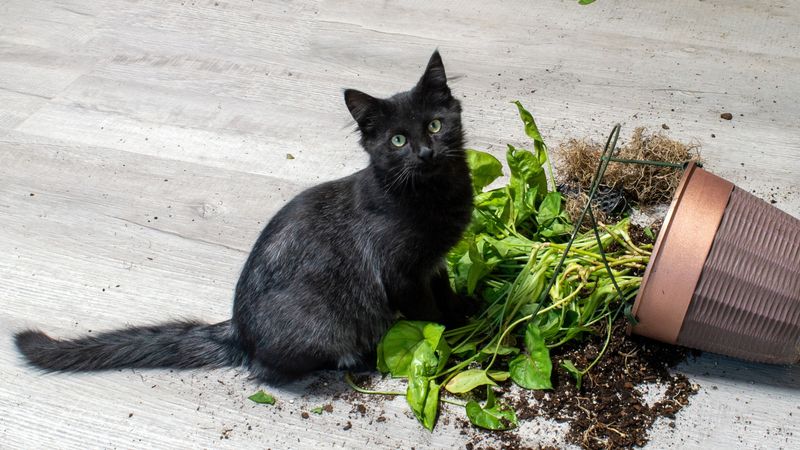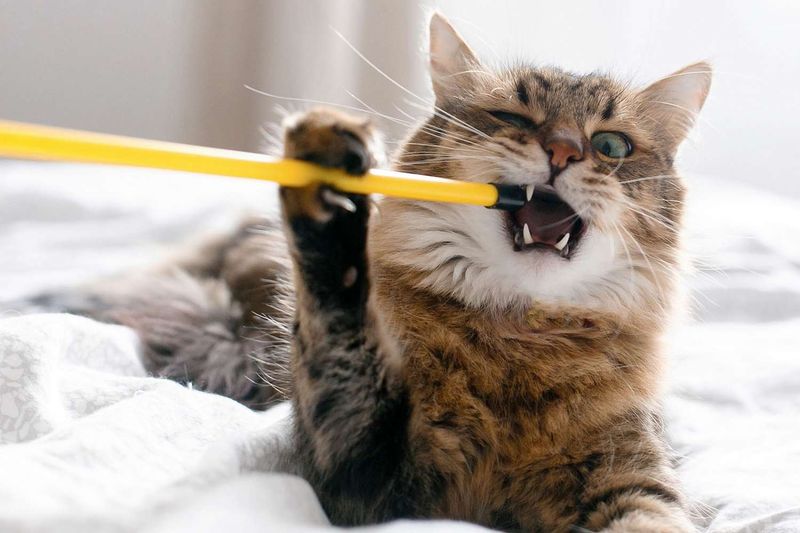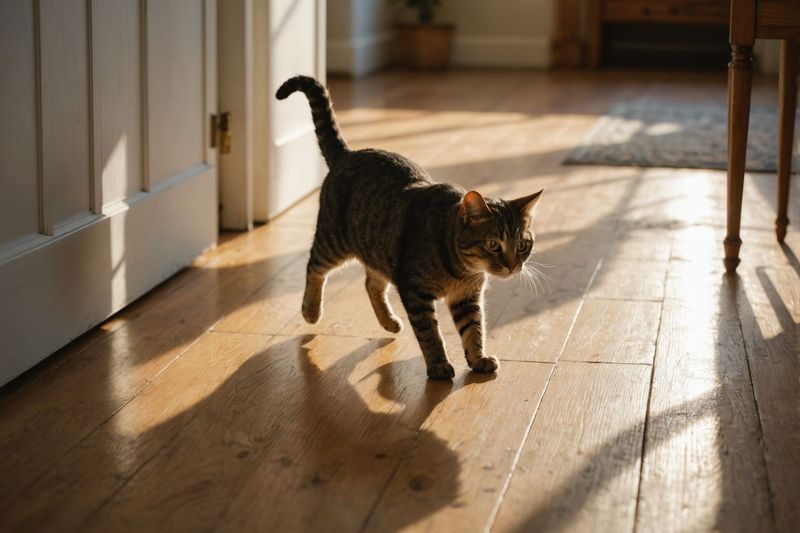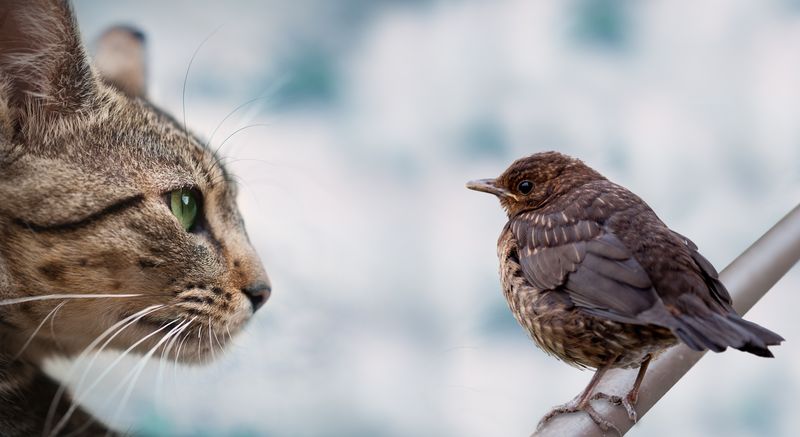📖 Table of Content:
- 1. Frantic Zoomies at Dawn and Dusk
- 2. Excessive Grooming or Fur Pulling
- 3. Strange Hunting Behaviors with Toys
- 4. Aggressive Pouncing on Feet and Ankles
- 5. Window Watching Becomes an Obsession
- 6. Intense Fascination with Running Water
- 7. Destroying Houseplants with Determination
- 8. Nighttime Yowling Sessions
- 9. Obsessive Sniffing at Doorways
- 10. Digging in Houseplant Soil or Litter Box
- 11. Chewing on Non-Food Items
- 12. Attacking Their Own Tail or Shadow
- 13. Intense Reactions to Nature Sounds
Apartment cats often carry a hidden longing for the outdoors, despite never having experienced natural surroundings firsthand. Their behavior can subtly reflect deep-rooted instincts inherited from their wild ancestors. These signs offer clues about their need for stimulation beyond the confines of indoor life.
Many city cats exhibit natural hunting and exploring behaviors through play and curiosity. Even without direct exposure to the wild, these instincts remain strong and influential. Understanding this can improve how their environment is designed to meet their innate needs.
Providing an enriching indoor space helps satisfy these natural urges in a safe way. Activities that mimic hunting or exploration can keep cats mentally and physically engaged. This balance supports their well-being and strengthens the bond between pet and owner.
1. Frantic Zoomies at Dawn and Dusk
Those wild bursts of energy where your cat races through the apartment aren’t random. Dawn and dusk zoomies mirror natural hunting times when wild cats would be most active – crepuscular behavior hardwired into their DNA.
Schedule interactive play sessions during these energy peaks. Wand toys that mimic prey movements will help channel this natural instinct constructively. Rotating different toys keeps things interesting.
Creating an obstacle course with tunnels, boxes, and climbing opportunities gives them terrain to navigate during these energy bursts. The vertical and horizontal spaces satisfy their need to patrol territory.
2. Excessive Grooming or Fur Pulling
Over-grooming might signal boredom or stress from limited environmental stimulation. Cats in the wild spend hours climbing, exploring, and hunting – activities that indoor cats often lack.
Environmental enrichment can help address this behavior. Puzzle feeders that make cats work for treats simulate hunting and foraging. Hiding treats around your home encourages natural searching behaviors.
Regular brushing sessions provide physical contact while removing loose fur they might otherwise ingest. This bonding activity also mimics social grooming behaviors cats would experience in natural group settings, while giving you a chance to check for skin issues.
3. Strange Hunting Behaviors with Toys
Finding toys stockpiled under furniture or in your bed isn’t just cute – it’s your cat’s instinct to collect “prey.” Urban cats often display exaggerated hunting behaviors with toys, carrying them around while making distinctive vocalizations.
Support these natural behaviors with a variety of toy types. Some cats prefer feathered toys that mimic birds, while others enjoy toys that scurry like mice or insects.
After play sessions, observe how they “kill” and carry their toys. This reveals which hunting behaviors they’re most driven to express. Rotating toys weekly keeps their hunting instincts sharp and prevents boredom with familiar “prey.”
4. Aggressive Pouncing on Feet and Ankles
Sudden ambushes targeting your feet aren’t your cat being mean – they’re practicing vital hunting skills! Without outdoor prey to stalk, your moving feet become perfect substitutes for scurrying creatures.
Channel this energy into appropriate outlets before someone gets scratched. Schedule regular play sessions with interactive toys that move unpredictably. Fishing-rod style toys allow distance between hands and claws while satisfying their pounce instinct.
Tall cat trees provide ambush spots where they can practice stalking behaviors safely. Placing these near windows doubles their value, giving hunting opportunities from elevated perches just as wild cats would use trees and rocks.
5. Window Watching Becomes an Obsession
Cats planted at windows for hours aren’t just being lazy observers. This fixation signals their hunter’s brain tracking outdoor movement – birds, insects, even falling leaves trigger their predatory focus.
Natural behavior needs an outlet! Create window perches with comfortable padding where they can safely indulge this instinct. Consider installing bird feeders outside their favorite viewing spots (at a safe distance to protect wildlife).
Adding cat-friendly plants near windows provides sensory stimulation while they watch. Catnip, cat grass, or silver vine give them something to interact with during their surveillance sessions.
6. Intense Fascination with Running Water
Cats batting at faucets or drinking only from running sources are displaying instincts from their desert-dwelling ancestors. Wild cats learned that still water might be contaminated, while moving water signals freshness.
Cat fountains satisfy this natural preference while encouraging proper hydration. Models with different flow patterns – bubbling, flowing, or trickling – appeal to different cats’ preferences.
For extra enrichment, try ice cubes in water dishes. Many cats enjoy pawing at these moving objects, combining play with hydration. Some even enjoy “fishing” treats from shallow water bowls, engaging hunting behaviors alongside their water fascination.
7. Destroying Houseplants with Determination
Plant destruction isn’t mere mischief – it’s your cat fulfilling their need to interact with vegetation. Wild cats chew certain plants for digestive benefits and to induce vomiting when needed.
Growing cat grass indoors provides a safe alternative to your houseplants. Many pet stores sell easy-grow kits that provide fresh greens year-round. Rotate multiple containers so there’s always fresh growth available.
For persistent plant-destroyers, consider hanging plants out of reach and surrounding floor plants with deterrents like aluminum foil or citrus peels. Creating a dedicated “cat garden” with safe plants like catnip, valerian, and silver vine gives them appropriate vegetation to explore.
8. Nighttime Yowling Sessions
Late-night vocal performances often indicate boredom and excess energy. Urban cats lack the nighttime activities their wild cousins enjoy – hunting nocturnal prey and patrolling territory under moonlight.
A pre-bedtime play session tires them out physically. Use toys that encourage running and jumping to burn maximum energy. Fifteen minutes of vigorous play can make the difference between a peaceful night and 3 AM concerts.
Automatic toys can help when you’re too tired. Devices that move unpredictably engage their hunting instincts while you rest. Puzzle feeders with small portions of food hidden inside provide mental stimulation during night hours when they’d naturally be hunting.
9. Obsessive Sniffing at Doorways
Cats lingering at thresholds, intently sniffing air currents, are using their powerful olfactory system to gather information about the outside world. Scent is how wild cats track prey, identify threats, and monitor territory boundaries.
Bring outdoor scents inside safely with “scent safaris.” Rub clean cloths on outdoor surfaces like trees or plants, then place them in paper bags around your home. These novel scents provide enrichment without environmental risks.
Cat-safe herbs like silver vine, valerian root, and catnip offer powerful scent experiences. Rotating these plants or dried herbs in different locations creates an ever-changing scent landscape that stimulates their natural curiosity.
10. Digging in Houseplant Soil or Litter Box
Excessive digging behaviors connect to natural instincts for burying waste, hunting burrowing prey, and creating resting spots. Indoor cats often exaggerate these behaviors when their environment lacks natural surfaces.
Dedicated digging boxes satisfy this urge constructively. A shallow container filled with chemical-free potting soil, coconut coir, or shredded paper gives them appropriate digging opportunities. Some cats especially enjoy digging in containers with hidden treats.
For litter box diggers, try different substrate textures. Some cats prefer fine-grained materials while others enjoy coarser textures. Providing deeper litter in one box (4-5 inches) allows satisfying digging while keeping the mess contained.
11. Chewing on Non-Food Items
Cats gnawing on plastic, cardboard, or fabric often display redirected hunting and foraging behaviors. The texture and mouth-feel satisfy instincts normally used for processing prey in the wild.
Safe chewing alternatives protect both your belongings and your cat. Dental chew toys designed specifically for felines provide appropriate outlets. Cat-safe chew sticks made from silvervine or matatabi offer texture variety.
Food puzzles that require manipulation with teeth and paws engage both chewing and problem-solving instincts. Look for toys that dispense small treats as rewards for this natural behavior. Regular dental checkups help rule out medical causes for persistent chewing behaviors.
12. Attacking Their Own Tail or Shadow
Self-directed play, like chasing shadows or their own tail, reveals a cat desperately seeking moving targets. Without birds, insects, or small animals to track, they resort to whatever moves – including parts of themselves!
Light-based toys provide fast-moving targets that satisfy predatory instincts. Laser pointers (used responsibly to avoid eye damage) or light-reflection toys create unpredictable movements that trigger hunting behaviors.
Electronic toys that move erratically mimic small prey animals. Models with random movement patterns prevent boredom through predictability. Always end play sessions with a physical toy they can “catch” to prevent frustration from never capturing their target.
13. Intense Reactions to Nature Sounds
Ears swiveling toward bird calls or chattering teeth at squirrels seen through windows demonstrate your cat’s connection to natural sounds. These reactions trigger hunting readiness in their brain – even in cats who’ve never been outdoors.
Nature videos created specifically for cats feature birds, squirrels, and insects in high definition. Many cats watch these intently, tracking on-screen movements as if they were real prey.
Audio enrichment through nature soundtracks provides auditory stimulation. Recordings of birds, insects, and small animals engage their acute hearing. Some smart speakers even offer special “cat radio” channels with these sounds at frequencies cats find most interesting.
